
As humans, we thrive on feedback. Whether it's positive or negative, feedback helps us grow and improve. In the digital age, feedback is more important than ever. Social media has made it easier than ever for people to share their thoughts and opinions. However, not all feedback is created equal. Some comments are insightful and constructive, while others are just noise. In this article, we'll explore the importance of feedback and how to filter out the noise from the peanut gallery.
What is the peanut gallery?

The term "peanut gallery" refers to a group of people who criticize or make comments from the sidelines. In the digital world, the peanut gallery is often found in the comments section of blogs, social media posts, and online forums. While some comments can be helpful, the peanut gallery is known for making irrelevant or unhelpful comments that add no value to the conversation.
The importance of feedback
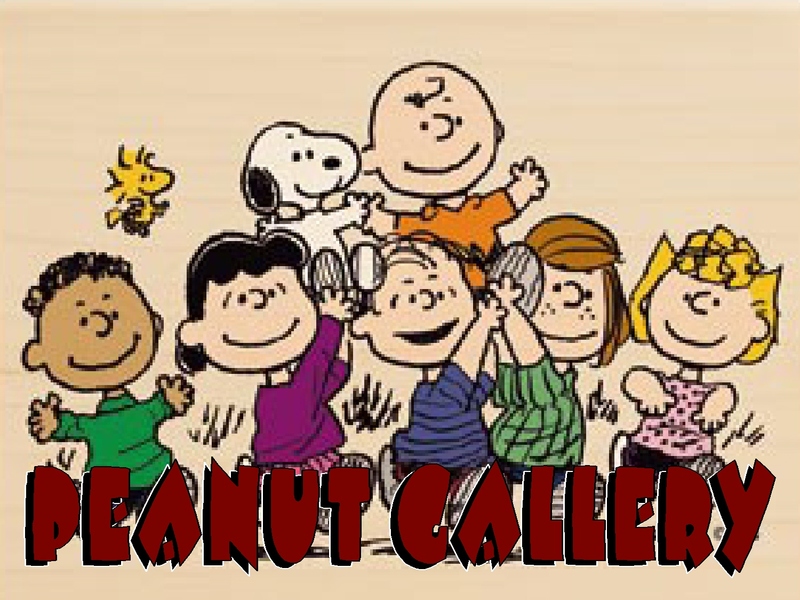
Feedback is essential for growth and improvement. It helps us understand what we're doing right and what we need to work on. Feedback also helps us see things from a different perspective. It's easy to get stuck in our own thoughts and opinions, but feedback can provide a fresh perspective that we may not have considered.
Feedback is especially important in the digital age. With so many people sharing their thoughts and opinions online, it's easy to get lost in the noise. Feedback can help us filter out the irrelevant comments and focus on the ones that are truly valuable.
Filtering out the noise

Filtering out the noise from the peanut gallery can be challenging, but it's essential for getting the most out of feedback. Here are some tips for filtering out the noise:
- Focus on the comments that provide specific feedback. Generic comments like "great post" or "you suck" don't provide any value. Look for comments that provide specific feedback on what you did well and what you could improve on.
- Consider the source of the comment. Some people are more knowledgeable than others. If someone has a track record of providing helpful feedback, their comments are likely to be more valuable.
- Look for patterns in the comments. If multiple people are making the same comment, it's likely that there's something to it. Pay attention to these patterns and use them to guide your improvements.
The power of constructive criticism
Constructive criticism is feedback that's intended to help you improve. It's not always easy to hear, but it's essential for growth. Constructive criticism helps us see our blind spots and identify areas where we need to improve.
When receiving constructive criticism, it's important to keep an open mind. Don't get defensive or dismissive of the feedback. Instead, use it as an opportunity to grow and improve. Thank the person for their feedback and ask for specific examples of how you can improve.
The danger of negative comments
Negative comments can be hurtful and demotivating. They can make us feel like giving up or questioning our abilities. It's important to remember that negative comments are often the result of the commenter's own insecurities or issues. Don't take them personally.
If you receive negative comments, try to look at them objectively. Is there any truth to what the commenter is saying? If so, use it as an opportunity to improve. If not, ignore the comment and move on.
The role of feedback in SEO
Feedback plays an important role in SEO (search engine optimization). Search engines like Google use feedback to determine the relevance and quality of content. Comments and social media shares are indicators of the value of content. The more comments and shares a piece of content has, the more likely it is to rank well in search engine results.
However, not all comments are created equal. Spammy or irrelevant comments can actually hurt your SEO. It's important to moderate comments and remove any that are irrelevant or spammy.
Conclusion
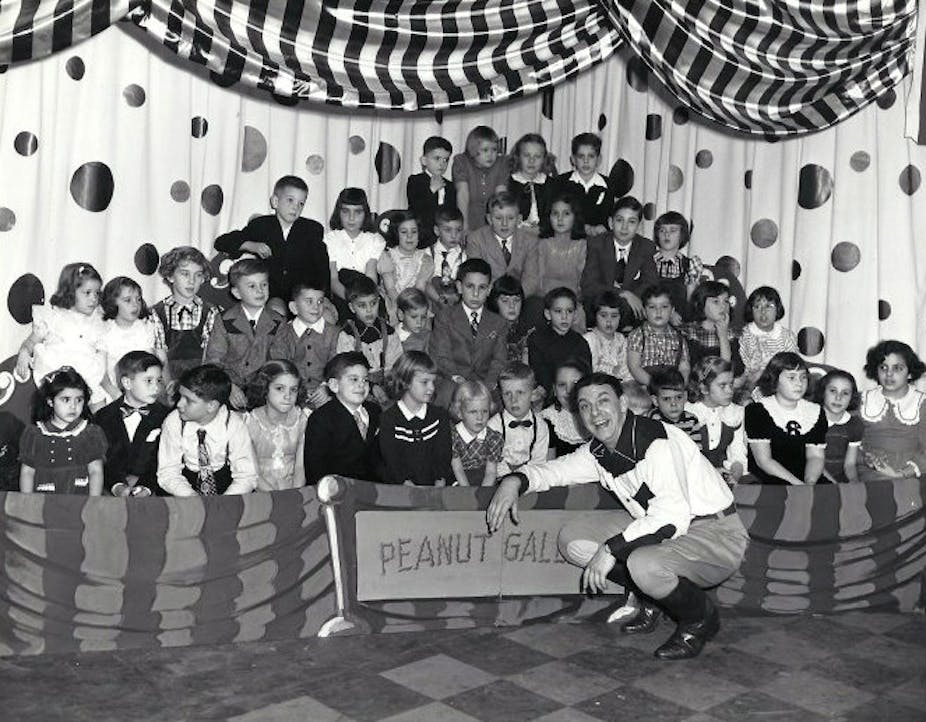
Feedback is essential for growth and improvement. However, not all feedback is created equal. The peanut gallery is known for making irrelevant or unhelpful comments that add no value to the conversation. It's important to filter out the noise and focus on the comments that provide specific feedback. Constructive criticism is essential for growth, but negative comments should be ignored. Feedback also plays an important role in SEO, but spammy or irrelevant comments can hurt your rankings. Use feedback to grow and improve, but don't let the peanut gallery bring you down.
Related video of Comments From The Peanut Gallery: The Importance of Feedback
Introduction
Calvin and Hobbes is one of the most beloved comic strips of all time. Created by Bill Watterson, the comic follows the adventures of a mischievous boy named Calvin and his stuffed tiger Hobbes. The comic ran for 10 years and has become a cultural icon. If you loved Calvin and Hobbes, there are many other comic books out there that you will enjoy. In this article, we will take a look at some of the best comic books like Calvin and Hobbes.
Bone
Bone is a comic book series by Jeff Smith that follows the adventures of the Bone cousins. The series has a similar tone to Calvin and Hobbes, with a mix of humor and heart. The art style is also reminiscent of Calvin and Hobbes, with detailed black and white illustrations. Bone has won multiple awards and is considered one of the best comic book series of all time.
Phoebe and Her Unicorn
Phoebe and Her Unicorn is a comic strip created by Dana Simpson. The comic follows the adventures of a young girl named Phoebe and her best friend, a unicorn named Marigold Heavenly Nostrils. The comic has a similar sense of humor to Calvin and Hobbes and deals with themes of friendship and imagination.
Cul de Sac
Cul de Sac is a comic strip by Richard Thompson that follows the adventures of a group of neighborhood kids. The comic has a similar humor to Calvin and Hobbes, with a mix of absurdity and heart. The art style is also reminiscent of Calvin and Hobbes, with detailed black and white illustrations.
Strange Planet

Strange Planet is a comic strip by Nathan W. Pyle that follows the adventures of a group of aliens on Earth. The comic has a similar sense of humor to Calvin and Hobbes, with a mix of absurdity and heart. The art style is also unique, with colorful illustrations of the aliens and their strange customs.
Peanuts
Peanuts is a comic strip created by Charles M. Schulz that follows the adventures of Charlie Brown and his friends. The comic has a similar humor to Calvin and Hobbes, with a mix of humor and heart. The art style is also iconic, with the simple yet expressive illustrations of the characters.
Garfield
Garfield is a comic strip created by Jim Davis that follows the adventures of a lazy cat named Garfield. The comic has a similar humor to Calvin and Hobbes, with a mix of humor and heart. The art style is also iconic, with the simple yet expressive illustrations of the characters.
Calvin and Hobbes Collection
If you love Calvin and Hobbes, you can always revisit the original comic strips. There are many collections available that compile all of the strips from the 10-year run. You can enjoy the classic humor and heart of the original comic, and relive the adventures of Calvin and Hobbes.
Conclusion
If you loved Calvin and Hobbes, there are many other comic books out there that you will enjoy. From the adventures of the Bone cousins to the strange customs of the aliens in Strange Planet, there is something for everyone. Take some time to explore these comics and find your new favorite.
Related video of Comic Books Like Calvin And Hobbes

Introduction
"Come for the tits" is a phrase that has been making rounds on the internet lately. It's a controversial phrase that has sparked heated debates among different groups of people. Some people argue that it's sexist and objectifies women, while others see it as a harmless joke. In this article, we'll explore the meaning behind this phrase and its impact on society.
What Does "Come For The Tits" Mean?
The phrase "come for the tits" is often used in the context of adult entertainment. It refers to the idea that people are more likely to watch a movie or TV show if it features nudity or sexual content. The phrase suggests that the primary reason people are watching is for the sexual content rather than the actual plot or storyline.

The Controversy Surrounding The Phrase
There are different opinions regarding the phrase "come for the tits." Some people argue that it's a form of objectification and that it perpetuates the idea that women are nothing more than sexual objects. Others see it as a harmless joke that's not meant to be taken seriously.
The controversy surrounding the phrase has led to heated debates among different groups of people. Feminists argue that the phrase is degrading to women and that it reinforces the idea that women's bodies are nothing more than objects of sexual desire. On the other hand, some people argue that the phrase is harmless and that it's just a way of making a joke.
The Impact Of The Phrase On Society
The impact of the phrase "come for the tits" on society is a topic of much debate. Some people argue that it reinforces sexist attitudes towards women and that it contributes to the objectification of women's bodies. Others argue that it's just a joke and that it's not meant to be taken seriously.
Regardless of the intent behind the phrase, it's clear that it has an impact on how people view women's bodies. The normalization of sexualized images of women in the media has been linked to negative attitudes towards women, including increased levels of sexual harassment and violence.

The Importance Of Context
One thing that's important to keep in mind when discussing the phrase "come for the tits" is context. The context in which the phrase is used can greatly impact how people perceive it.
For example, if the phrase is used in a movie or TV show that's meant to be satirical or ironic, it may be perceived as a commentary on how women are objectified in the media. However, if the phrase is used in a more serious context, it may be perceived as reinforcing sexist attitudes towards women.
The Role Of Media In Perpetuating The Objectification Of Women
The media plays a significant role in perpetuating the objectification of women. The constant bombardment of sexualized images of women in the media can lead to negative attitudes towards women and perpetuate the idea that women's bodies are nothing more than objects of sexual desire.
Furthermore, the media often portrays women in a narrow and stereotypical way, which can contribute to the idea that women are only valued for their physical appearance.
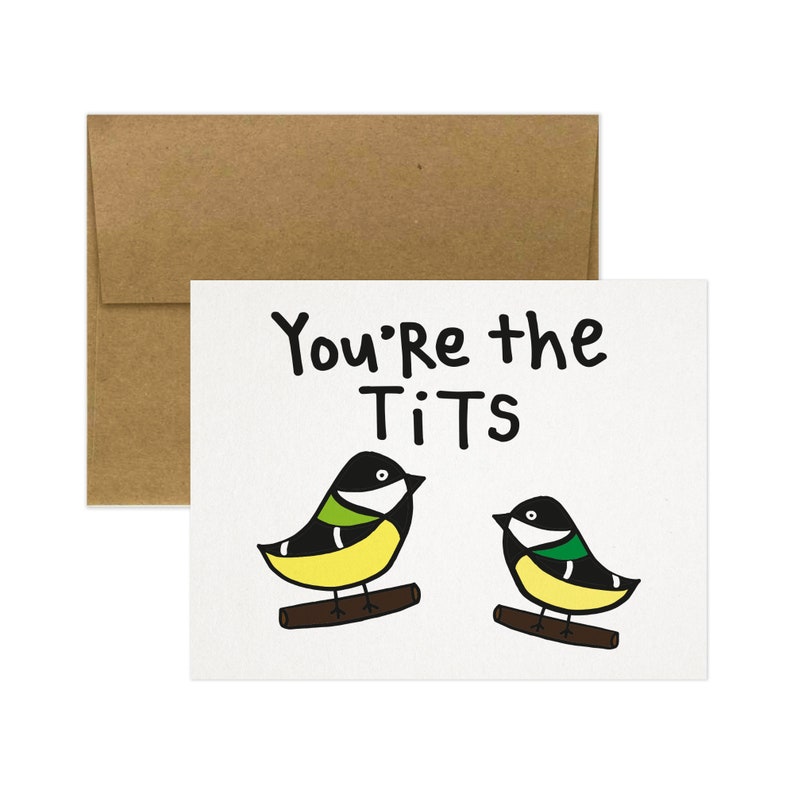
The Need For Change
Given the negative impact of the objectification of women, it's clear that there's a need for change. We need to challenge the narrow and stereotypical portrayals of women in the media and work towards creating a more inclusive and diverse representation of women.
Furthermore, we need to challenge the normalization of sexualized images of women in the media and work towards creating a culture that values women for more than just their physical appearance.
Conclusion
The phrase "come for the tits" is a controversial phrase that has sparked heated debates among different groups of people. While some see it as a harmless joke, others argue that it contributes to the objectification of women's bodies. Regardless of the intent behind the phrase, it's clear that we need to challenge the narrow and stereotypical portrayals of women in the media and work towards creating a more inclusive and diverse representation of women.
Related video of Come For The Tits: Understanding The Controversial Phrase
Electrical wiring is an essential part of our daily lives. It powers our homes, offices, and industries. However, electrical wiring can be dangerous if not installed and maintained correctly. One of the critical aspects of electrical wiring is the colour coding of the wires. In this article, we will discuss the colour code for earth wire.
What is Earth Wire?
Earth wire, also known as grounding wire, is a safety wire that connects the electrical circuit to the ground. It provides a safe path for the electric current to flow in case of a fault or short circuit. Earth wire protects people and appliances from electric shocks and damages caused by electrical surges.
Colour Code for Earth Wire

The colour code for earth wire is green and yellow stripes. This colour code is universally accepted and used in all electrical installations. The green and yellow stripes indicate that the wire is an earth wire and should connect to the earth terminal of the appliance, socket, or switch.
Importance of Proper Colour Coding

Proper colour coding of electrical wires is essential for safety and compliance with electrical regulations. Incorrect colour coding can lead to confusion, mistakes, and dangerous situations. For example, if the earth wire is not connected or wrongly connected, it can result in electric shocks, fires, and even death.
Other Colour Codes for Electrical Wires
Other colour codes for electrical wires include:
- Black: Live wire
- Red: Live wire
- Blue: Neutral wire
- Brown: Live wire (old standard)
- Grey: Live wire (old standard)
It is essential to follow the correct colour coding to ensure the safety and functionality of the electrical installation.
Conclusion
Colour coding of electrical wires is a crucial aspect of electrical installations. The green and yellow stripes indicate the earth wire, which is a safety wire that connects the electrical circuit to the ground. Proper colour coding is essential for safety and compliance with electrical regulations. Make sure to follow the correct colour coding to ensure the safety and functionality of your electrical installation.
Related video of Colour Code for Earth Wire
When it comes to colors, there's no right or wrong way to choose them. However, certain colors are often associated with boys or girls. Pink is for girls, blue is for boys, right? Not necessarily. Let's explore the world of colors for girls and boys.
Pink for Girls

Pink has been associated with girls for decades. It's a soft, sweet color that's often used in clothing, toys, and accessories for young girls. However, pink wasn't always a "girl" color. In fact, it used to be considered a masculine color in the early 1900s. It wasn't until the 1940s that pink became associated with girls, thanks to the rise of gender-specific marketing.
Blue for Boys
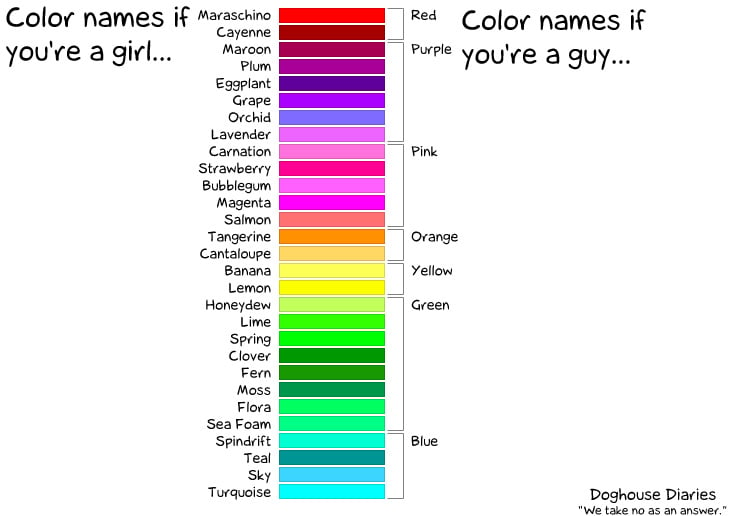
Blue is often seen as a "boy" color. It's associated with strength, confidence, and masculinity. However, this hasn't always been the case. In the 1800s, blue was actually seen as a "girl" color, while pink was considered a "boy" color. It wasn't until the mid-1900s that blue became associated with boys.
Other Colors for Girls
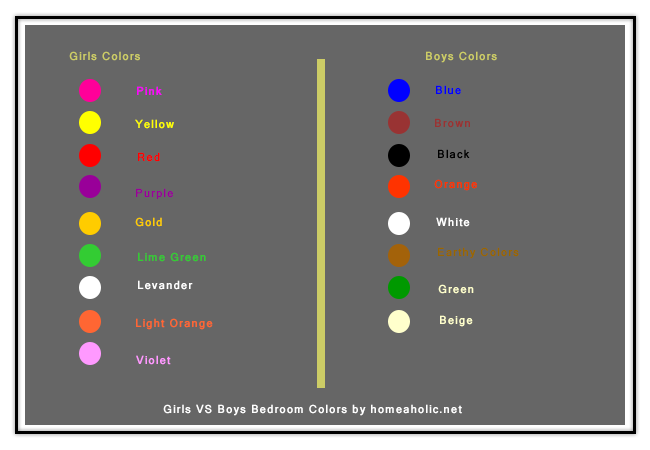
While pink is often the go-to color for girls, there are plenty of other colors that girls enjoy. Purple is a popular color for girls, as it's seen as feminine and sophisticated. Yellow is a cheerful, sunny color that's often associated with happiness and positivity. Green is a versatile color that can be calming or energetic, depending on the shade.
Other Colors for Boys

Boys don't have to stick to blue when it comes to choosing colors. Green is a popular color for boys, as it's often associated with nature and adventure. Red is a bold, powerful color that's often used in sports and athletic gear. Orange is a fun, energetic color that's perfect for active boys.
Gender-Neutral Colors
Of course, not all children want to stick to traditional "girl" or "boy" colors. Gender-neutral colors are becoming more popular, as parents and children embrace a more inclusive approach to color choices. Gray is a versatile, neutral color that works well for both boys and girls. Yellow, green, and purple can also be used in a gender-neutral way.
Final Thoughts
When it comes to choosing colors for girls and boys, there are no hard and fast rules. While pink and blue are often associated with specific genders, children should be encouraged to choose the colors they love, regardless of their gender. Whether it's pink, blue, or a rainbow of colors, what matters most is that children are happy and express themselves through their color choices.
Related video ofColors For Girls And Boys

The Cold War was a political and military tension between the Western powers, led by the United States of America, and the Soviet Union, which lasted from the end of World War II until the early 1990s. The term "cold" was used because there was no direct military action between the two sides, but both were engaged in a global struggle for dominance.
The Origins of the Cold War

The origins of the Cold War can be traced back to the end of World War II, when the Soviet Union and the Western powers became involved in a struggle for control of Europe. The Soviet Union established communist governments in Eastern Europe, while the Western powers supported democratic governments. The Soviet Union also began to develop nuclear weapons, which led to a nuclear arms race between the two sides.
The Korean War and the Vietnam War

The Cold War also saw the United States become involved in two major military conflicts: the Korean War and the Vietnam War. In Korea, the United States fought against North Korea, which was supported by the Soviet Union and China. In Vietnam, the United States fought against communist forces that were supported by the Soviet Union and China.
The Cuban Missile Crisis
One of the most dangerous moments of the Cold War was the Cuban Missile Crisis in 1962. The Soviet Union had placed nuclear missiles in Cuba, which was only 90 miles from the United States. President John F. Kennedy demanded that the missiles be removed, and the two sides came close to nuclear war before a peaceful solution was reached.
The Space Race

The Cold War also saw a competition between the United States and the Soviet Union in the field of space exploration. The United States was the first to land a man on the moon, but the Soviet Union was the first to put a satellite, a dog, and a man into space.
The End of the Cold War
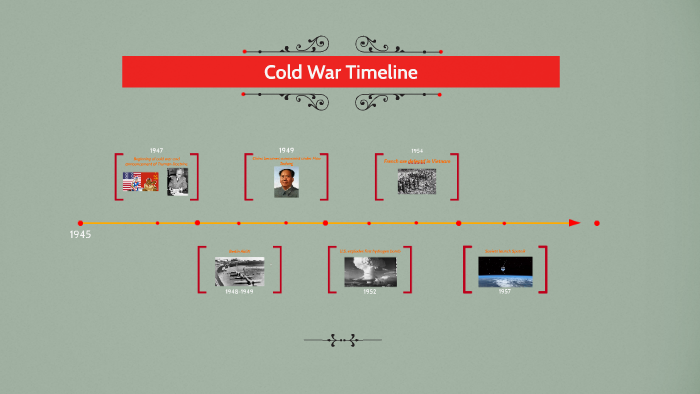
The Cold War came to an end in the late 1980s and early 1990s, as the Soviet Union began to collapse. The Soviet Union was unable to keep up with the United States in the arms race, and the Soviet economy was in decline. In 1985, Mikhail Gorbachev became the leader of the Soviet Union and began to implement reforms, but the Soviet Union continued to weaken. In 1991, the Soviet Union officially dissolved.
Conclusion
The Cold War was a period of tension and conflict between the United States and the Soviet Union, which lasted for over four decades. The two sides were engaged in a global struggle for dominance, but there was no direct military action between them. The Cold War saw the United States become involved in two major military conflicts, the Korean War and the Vietnam War, and also saw a competition between the two sides in the field of space exploration. The Cold War came to an end in the late 1980s and early 1990s, as the Soviet Union began to collapse.
Related video of Cold War Time Period
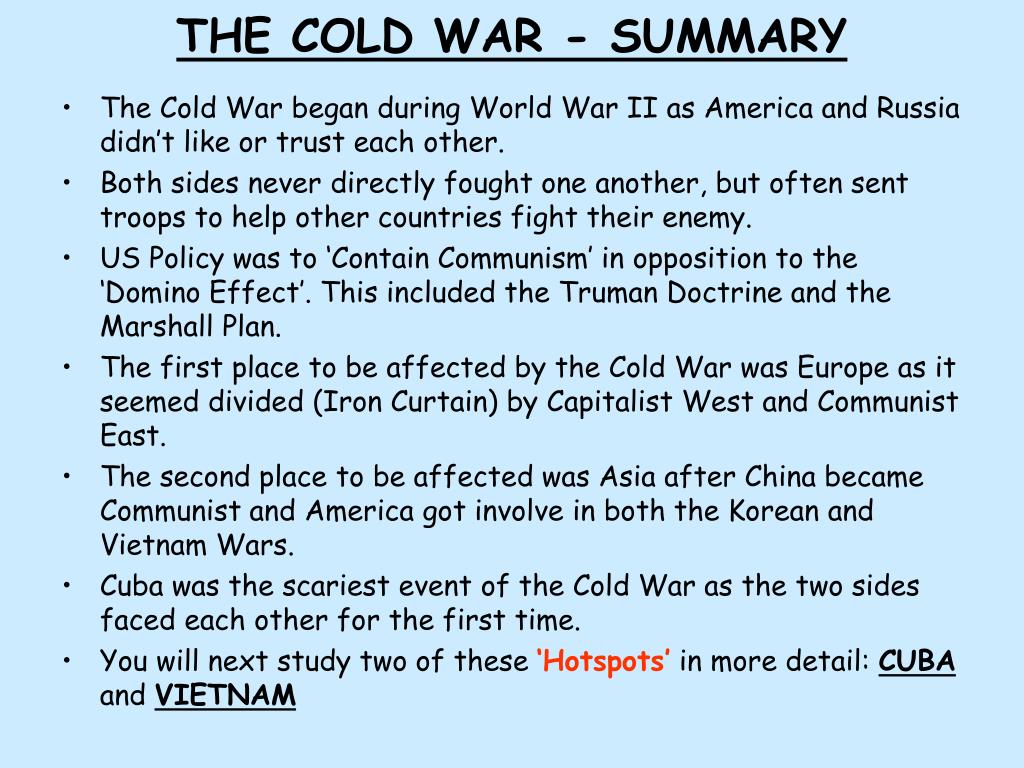
The Beginning of the Cold War
The Cold War was a period of political and military tension between the United States and the Soviet Union. It lasted from the end of World War II in 1945 until the collapse of the Soviet Union in 1991. The origins of the Cold War can be traced back to the end of World War II when the United States and the Soviet Union emerged as the two superpowers of the world.
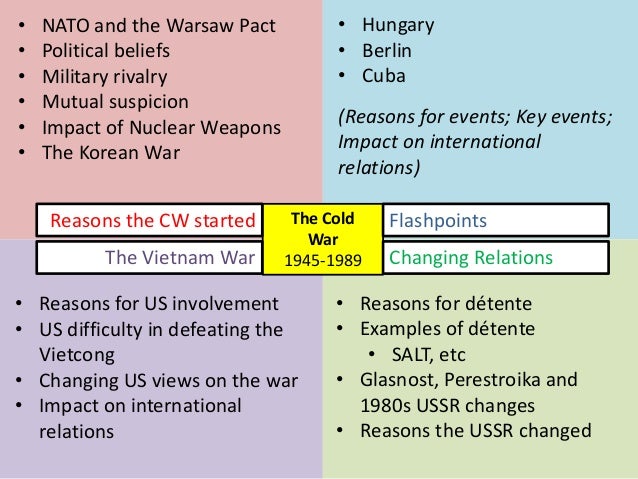
The Soviet Union wanted to spread communism throughout the world while the United States wanted to stop the spread of communism. The two countries began to compete for influence in Europe and Asia, and tensions between the two superpowers began to rise.
The Arms Race

During the Cold War, both the United States and the Soviet Union built up their military forces in what became known as the arms race. Both sides developed new and more powerful weapons, including nuclear weapons, and tested them in a series of nuclear arms races.
The arms race led to a dangerous and expensive buildup of arms, but it also helped to prevent a direct conflict between the two superpowers. Both sides knew that a direct conflict could lead to nuclear war, which would be disastrous for both sides.
The Space Race
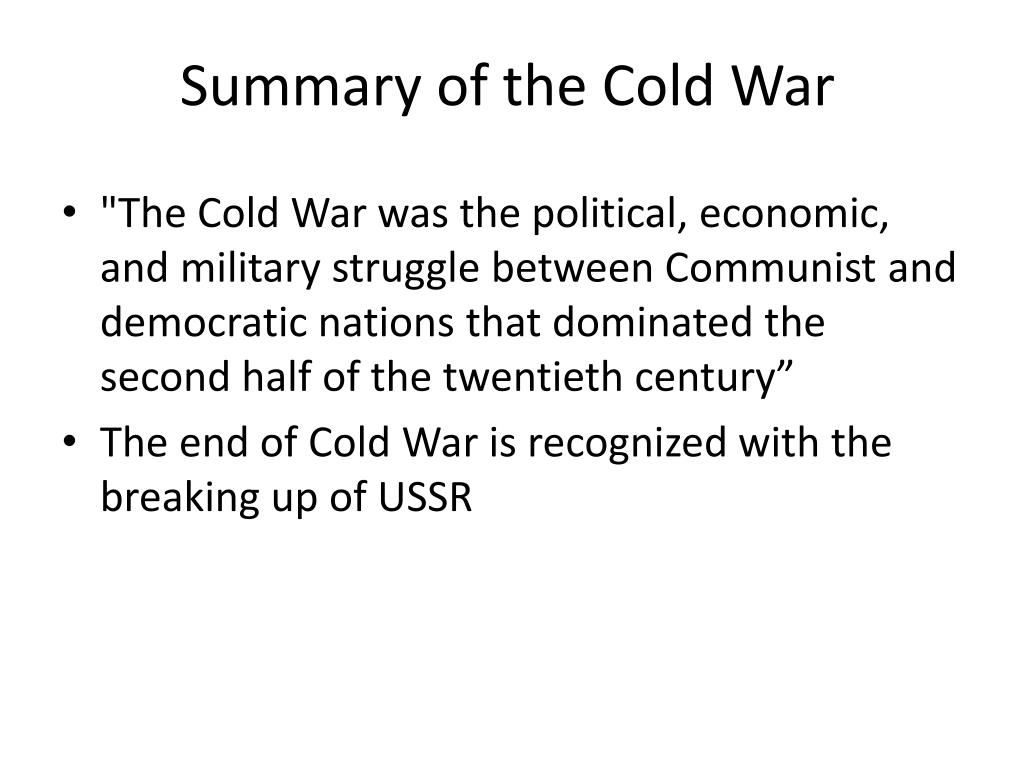
The space race was another competition between the United States and the Soviet Union during the Cold War. Both countries wanted to be the first to achieve important milestones in space exploration, such as launching a satellite into orbit or landing a man on the moon.
The space race was driven by a desire to demonstrate technological superiority and to gain prestige on the world stage. It also had important military implications, as both sides saw space technology as a key component of their military strategy.
The Korean War

The Korean War was a conflict between North Korea, which was backed by the Soviet Union and China, and South Korea, which was backed by the United States and other UN forces. The war began in 1950 and ended in 1953 with the signing of an armistice.
The Korean War was a significant event in the Cold War because it involved direct military conflict between the United States and the Soviet Union. The war also demonstrated the willingness of both sides to use military force to achieve their objectives.
The Cuban Missile Crisis

The Cuban Missile Crisis was a tense standoff between the United States and the Soviet Union in 1962. The crisis began when the Soviet Union installed nuclear missiles in Cuba, which is just 90 miles from the United States.
The United States responded with a naval blockade of Cuba, and the two superpowers were on the brink of nuclear war. However, through diplomacy and negotiation, the crisis was resolved peacefully, and the Soviet Union agreed to remove the missiles from Cuba.
The Vietnam War

The Vietnam War was a conflict between North Vietnam, which was backed by the Soviet Union and China, and South Vietnam, which was backed by the United States and other allies. The war began in the 1950s and lasted until 1975.
The Vietnam War was a significant event in the Cold War because it showed that the United States was willing to fight a costly and unpopular war to prevent the spread of communism. The war also had a significant impact on American society, leading to protests and social unrest.
The End of the Cold War

The Cold War ended in 1991 with the collapse of the Soviet Union. The Soviet Union was unable to keep up with the economic and military competition with the United States, and the communist government collapsed.
The end of the Cold War marked the beginning of a new era in international relations. The United States emerged as the sole superpower of the world, and the world became more interconnected and interdependent.
Conclusion
The Cold War was a period of political and military tension between the United States and the Soviet Union. It was characterized by an arms race, a space race, and a series of proxy wars around the world. The Cold War had a significant impact on world history and international relations, and its legacy can still be felt today.
Related video of Cold War Brief Summary
Do you love making wishes and throwing coins into a fountain? If so, you're not alone. Coin fountains are a popular attraction for people of all ages. Whether you're looking for a coin fountain to make a wish or just to enjoy the beauty of the water, this article will help you find a coin fountain near you.
What is a Coin Fountain?

A coin fountain is a fountain that people throw coins into. The tradition of throwing coins into fountains dates back to ancient times when people believed that the gods would grant their wishes if they threw coins into a body of water. Today, coin fountains are popular attractions at parks, museums, and other public spaces.
Where to Find Coin Fountains Near Me
If you're looking for a coin fountain near you, there are several places to check:
- Parks: Many public parks have coin fountains as part of their landscape. Look for fountains near playgrounds or picnic areas.
- Museums: Some museums have coin fountains as part of their exhibits. Check with your local museums to see if they have any coin fountains on display.
- Shopping Centers: Some shopping centers have coin fountains as part of their decor. Look for fountains near the food court or entrance.
- Restaurants: Some restaurants have coin fountains as part of their ambiance. Check with your local restaurants to see if they have any coin fountains on their premises.
How to Make a Wish at a Coin Fountain

Making a wish at a coin fountain is easy. Simply follow these steps:
- Find a coin to throw.
- Make a wish in your head or out loud.
- Throw the coin into the fountain.
- Watch the coin sink to the bottom of the fountain.
It's important to note that some coin fountains have rules about how many coins you can throw or what types of coins are allowed. Be sure to check the rules before you make your wish.
Are Coin Fountains Good Luck?

Many people believe that throwing coins into a fountain will bring good luck. While there's no scientific evidence to support this belief, it's a fun tradition that many people enjoy.
Conclusion
Now that you know more about coin fountains, it's time to go out and find one near you. Whether you're looking to make a wish or just enjoy the beauty of the water, a coin fountain is a great way to spend an afternoon.
Related video of Coin Fountain Near Me: A Guide to Finding Your Local Coin Fountain

Coffin
A coffin is a box that is used to bury a dead body. It is usually made of wood and has a tapered shape. The top of the coffin is wider than the bottom to accommodate the shoulders of the deceased. Coffins are used in many cultures around the world and can be decorated with various materials such as paint, fabric, and metal.

Casket
A casket is also a box used to bury a dead body. However, it is rectangular in shape and has a hinged lid. Caskets are usually made of metal, such as bronze, copper, or steel, and can be decorated with various materials. They are more commonly used in the United States than in other countries and are often associated with funerals that are more expensive.

Sarcophagus
A sarcophagus is a stone box used to bury a dead body. It was commonly used in ancient Egypt and Greece and is often elaborately decorated with carvings and paintings. Sarcophagi are usually made of limestone or marble and can be quite large. They are associated with royalty and the wealthy.
Choosing Between Coffin, Casket, and Sarcophagus
When it comes to choosing between a coffin, casket, and sarcophagus, there are a few things to consider. The first is cultural and personal preferences. Coffins are the most common option and are widely used in many cultures. Caskets are more commonly used in the United States, while sarcophagi are associated with ancient Egypt and Greece.
The second consideration is cost. Coffins are typically less expensive than caskets and sarcophagi. Caskets are often associated with more expensive funerals and are made of materials such as bronze, copper, or steel. Sarcophagi are also expensive due to their size and the materials used to make them.
The third consideration is size. Coffins and caskets come in standard sizes and can accommodate most adults. Sarcophagi, on the other hand, are much larger and are designed to hold a body in a reclining position. They are typically only used for royalty and the wealthy.
Conclusion
Whether you choose a coffin, casket, or sarcophagus, it is important to consider the cultural and personal preferences, cost, and size. Each option has its own unique features and is suited for different needs. Ultimately, the decision should be based on what feels right for you and your loved ones.
Related video of Coffin Vs Casket Vs Sarcophagus
ads
Search This Blog
Blog Archive
- August 2022 (15)
- July 2022 (31)
- June 2022 (31)
- May 2022 (31)
- April 2022 (29)
- March 2022 (31)
- February 2022 (29)
- January 2022 (31)
- December 2021 (6)
About Me
